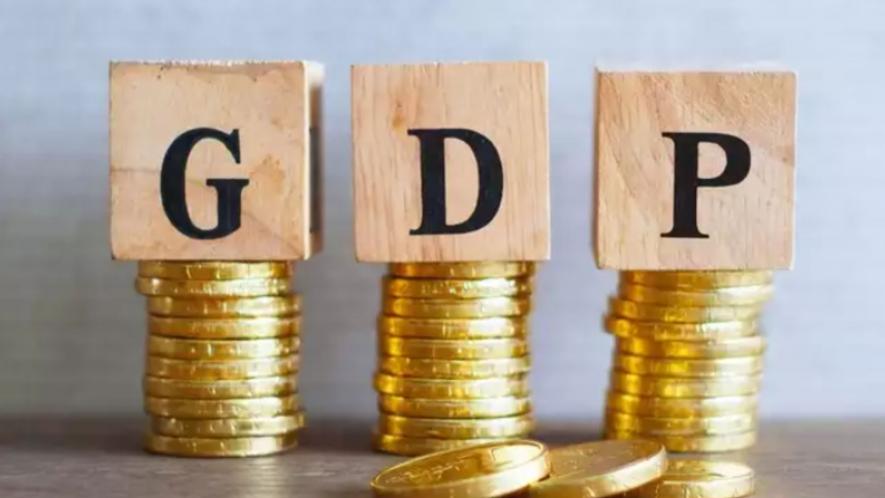FinMin Report Projects 'Robust' Growth, but Subtexts ‘Boom’ Just for the Rich

he latest monthly economic report released by the Ministry of Finance for October described India's growth prospects as 'robust' due to "strong private demand and consumption." The report projected that the current financial year's gross domestic product (GDP) would be around 6.5%. Additionally, there are some positive news regarding the GST (Goods and Services Tax) collection and record car sales.
At the same time, the report has a worrying subtext; most of the "growth" story is driven by the upper middle-income bracket and above. There have been "undercurrents of a slowdown in rural India, and even in some sections of salaried classes in urban areas."
The sheer inequality in the country is best reflected by the growth in the number of millionaires in the country, set to double by 2026; this is happening as wages and consumption in rural markets remain stagnant.
"India's GDP is growing well, but it is all going to the top. We must correct this. The World Inequality Report 2022 shows that India has "one of the most extreme increases in income and wealth inequality observed in the world," India's former Chief Economic Advisor Kaushik Basu said on X.
These concerns were raised in the World Inequality Report 2022, which deemed India one of the most 'unequal countries'. The state of inequality can be seen in the income gap between the rich and the poor, which has increased multifolds since the start of the COVID-19 pandemic.
The top 10% of the country's wage earners, as per the report, "currently have an income that is 20 times more than the bottom 50%." Worryingly, the top 1% of India holds around 22% of its total national income, while the bottom 50% holds only 13%.
The automotive and real estate sectors are the ones displaying demand disparity.
The October report by the Ministry of Finance noted record car sales; however, these sales are primarily "driven by SUVs, and by cars priced around Rs 10 lakh and above."
Moreover, the increase in car sales has not been seen in the sales of two-wheelers. The pre-pandemic numbers of two-wheelers are yet to be breached. Furthermore, the worst impact of the stagnancy in two-wheeler sales has been in the entry-level motorcycle segment, "a surefire indicator that rural customers have been holding back on purchasing decisions."
The same is true for entry-level hatchback cars.
"Prices of cars have risen over the past few years across categories due to stricter regulations, increased input costs, and state increasing road taxes. However, income levels among salaried classes may not have kept pace with the increase in prices," said Shankar Srivastava, senior executive director, marketing and sales, Maruti Suzuki.
A similar trend can be seen in the real estate sector, which is on an upward trajectory after a pandemic-induced lull. However, the upward trend is primarily spearheaded by "the luxury housing segment, as the share of affordable housing continues to decline sequentially in FY24."
Anarock, a property consultant, noted that the sale of luxury homes increased by 115% in 2023. At the same time, the share of the affordable segment in the housing market has decreased from 68% in 2022 to 51% in 2023. This decrease has been attributed to increasing home loan rates, surging prices, and the lingering effects of the COVID-19 pandemic.
Get the latest reports & analysis with people's perspective on Protests, movements & deep analytical videos, discussions of the current affairs in your Telegram app. Subscribe to NewsClick's Telegram channel & get Real-Time updates on stories, as they get published on our website.























